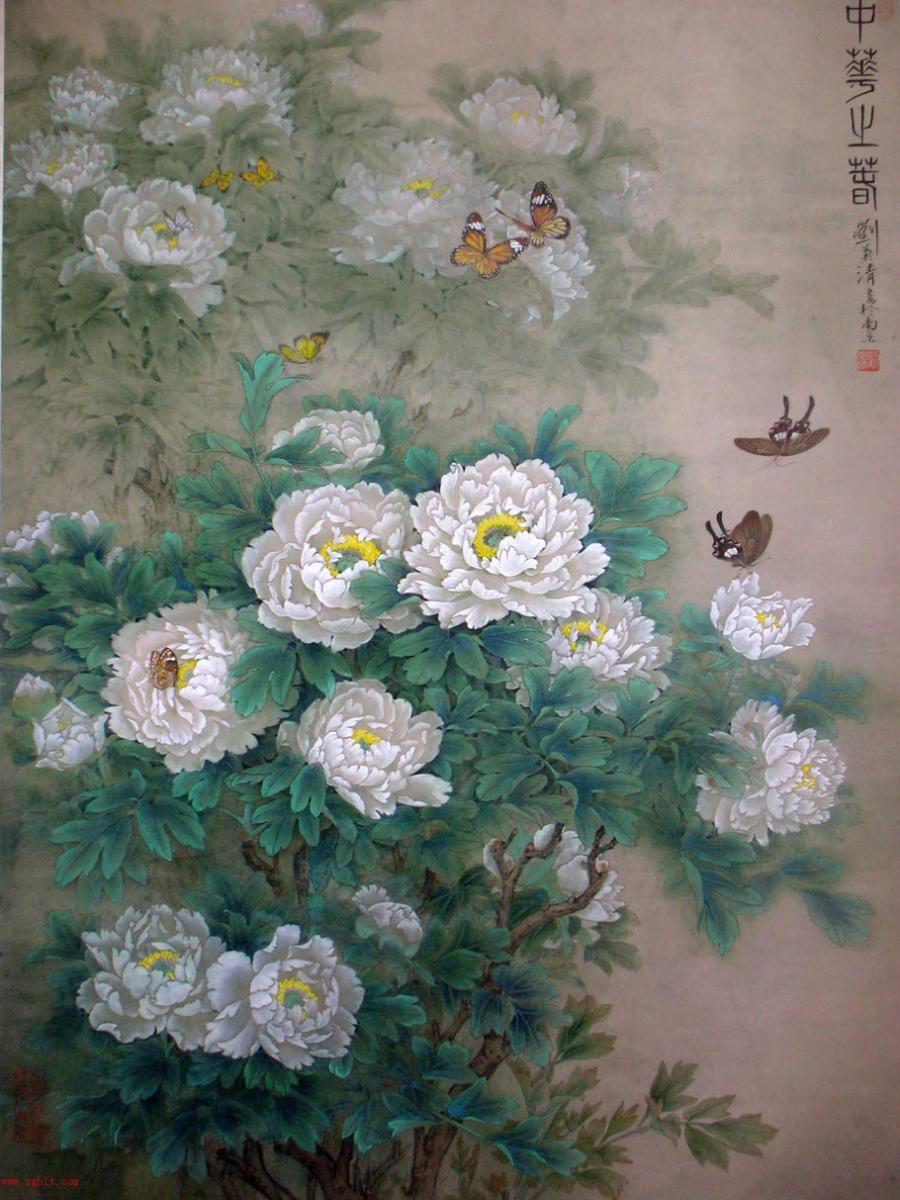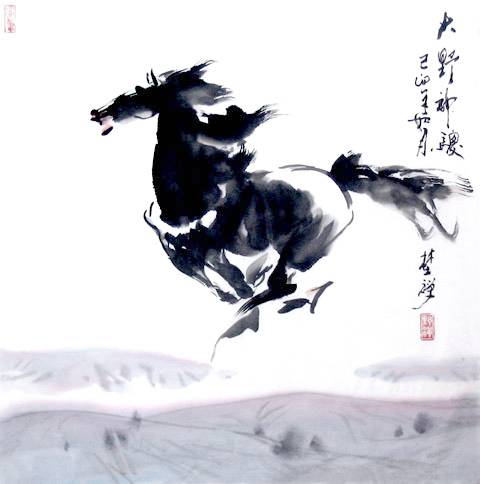- About us
- Asset Management
- Home
- Interpersonal relation
- Bridge of friendship-Philosophy to attract others
- Communicating to temperaments
- Taste Life
- Amazon Store
- Beauty and health
- Feeling excellent culture with heart and feet
- Improve life quality
- Mini Store
- Most popular products in the world
- Articles with wisdom
- Audrey Hepburn, An Elegant Spirit
- Childhood
- High quality life and high standard living
- How to Be a Good Husband
- Knife, fork or chopsticks?
- Make money and manage finance
- Media Space
- Amazon Store
- Understand your personality and use your wisdom effectively
- Points store
- Production and operation
- Team building
Chinese painting
Submitted by 唐风汉韵 on Tue, 07/03/2012 - 09:31Chinese painting is one of the oldest continuous artistic traditions in the world. The earliest paintings were not representational but ornamental; they consisted of patterns or designs rather than pictures. Early pottery was painted with spirals, zigzags, dots, or animals. It was only during the Warring States Period (475-221 BC) that artists began to represent the world around them.
Painting in the traditional style is known today in Chinese as guó huà (国画), meaning 'national' or 'native painting', as opposed to Western styles of art which became popular in China in the 20th century. Traditional painting involves essentially the same techniques as calligraphy and is done with a brush dipped in black or colored ink; oils are not used. As with calligraphy, the most popular materials on which paintings are made of are paper and silk. The finished work can be mounted on scrolls, such as hanging scrolls or handscrolls. Traditional painting can also be done on album sheets, walls, lacquerware, folding screens, and other media.
The two main techniques in Chinese painting are:
- Meticulous - Gong-bi (工筆) often referred to as "court-style" painting

- Freehand - Shui-mo (水墨) loosely termed watercolour or brush painting. The Chinese character "mo" means ink and "shui" means water. This style is also referred to as "xie yi" (寫意) or freehand style.

Artists from the Han (202 BC) to the Tang (618–906) dynasties mainly painted the human figure. Much of what we know of early Chinese figure painting comes from burial sites, where paintings were preserved on silk banners, lacquered objects, and tomb walls. Many early tomb paintings were meant to protect the dead or help their souls get to paradise. Others illustrated the teachings of the Chinese philosopher Confucius, or showed scenes of daily life.
Many critics consider landscape to be the highest form of Chinese painting. The time from the Five Dynasties period to the Northern Song period (907–1127) is known as the "Great age of Chinese landscape". In the north, artists such as Jing Hao, Fan Kuan, and Guo Xi painted pictures of towering mountains, using strong black lines, ink wash, and sharp, dotted brushstrokes to suggest rough stone. In the south, Dong Yuan, Juran, and other artists painted the rolling hills and rivers of their native countryside in peaceful scenes done with softer, rubbed brushwork. These two kinds of scenes and techniques became the classical styles of Chinese landscape painting.
English
